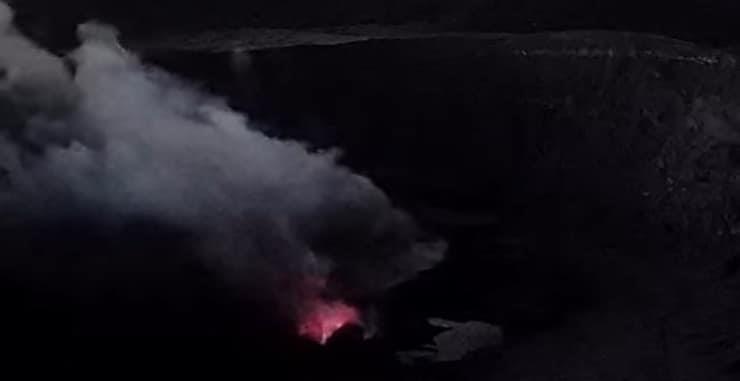
Poás Volcano Shows Incandescence Due To Sulfur Combustion: What Does It Mean?
According to the expert, incandescence occurs when sulfur reaches temperatures close to 250°C, at which point it combusts.“We observed incandescence, and direct observations show that it consists of a small, not very bright red light, corresponding to the combustion temperatur of sulfur,” Avard explained.
Blueish Plume and Toxic GasesThis combustion generates a blueish plume, rich in sulfur dioxide (SO2), one of the main toxic gase released by the volcano during its activity.“It's a sulfur combustion light that generates these slightly bluer plumes, rich in sulfur dioxide,” added the volcanologist. The plume rises about 200 meters above the crater and disperses southwestward, driven by high-altitude winds.
Continuing Activity Despite this visual manifestation, Ovsicori notes that Poás has maintained stable activity for several days, with less variability in the intensity of its eruptive pulses.“In general, it has been stable for a few days. It presents frequent pulses, which are small to moderate, and these are usually accompanied by ash emissions when visually observed,” explained Avard.->At Resonance, we aspire to live in harmony with the natural world as a reflection of our gratitude for life. Visit and subscribe at Resonance Costa Rica Youtube Channel @resonanceCR
Legal Disclaimer:
MENAFN provides the
information “as is” without warranty of any kind. We do not accept
any responsibility or liability for the accuracy, content, images,
videos, licenses, completeness, legality, or reliability of the information
contained in this article. If you have any complaints or copyright
issues related to this article, kindly contact the provider above.

















Comments
No comment